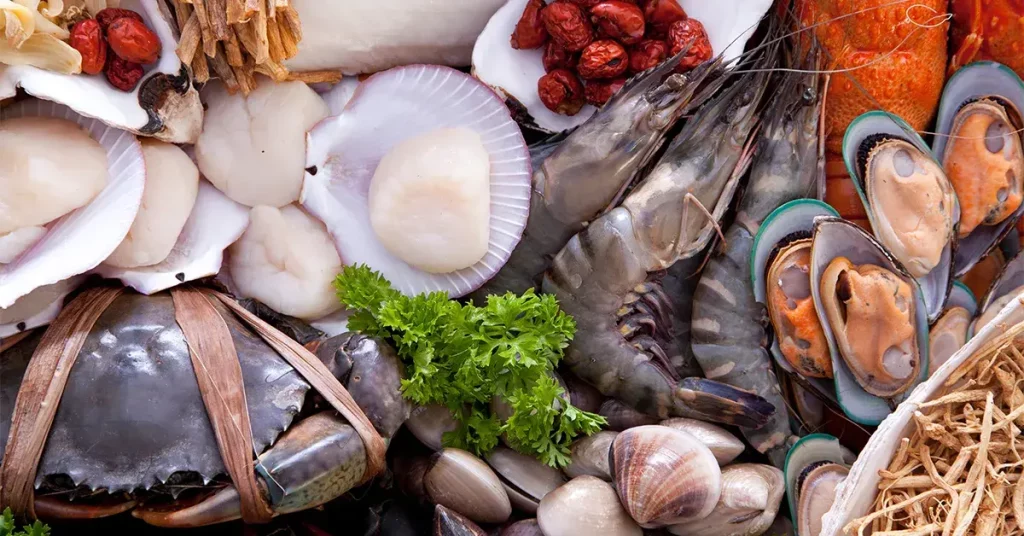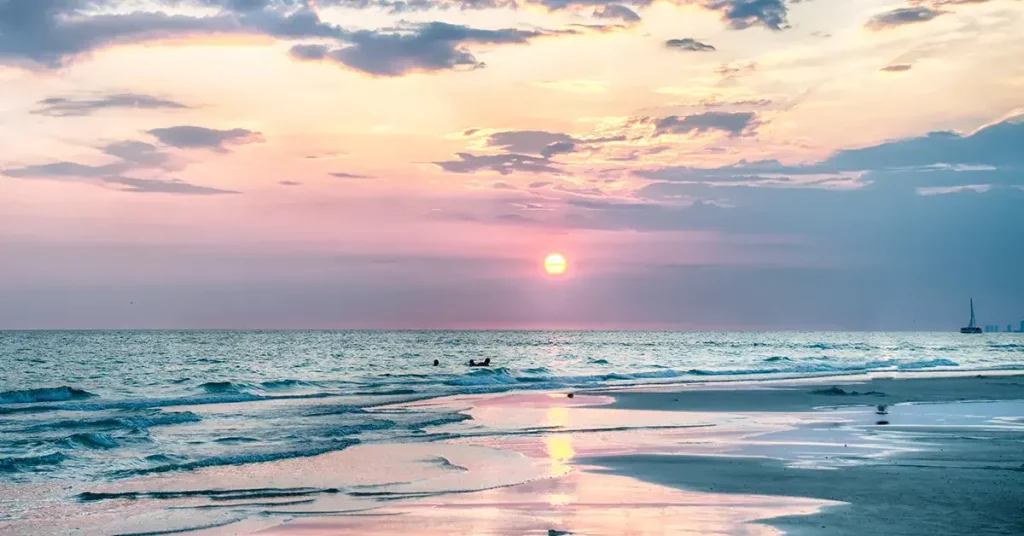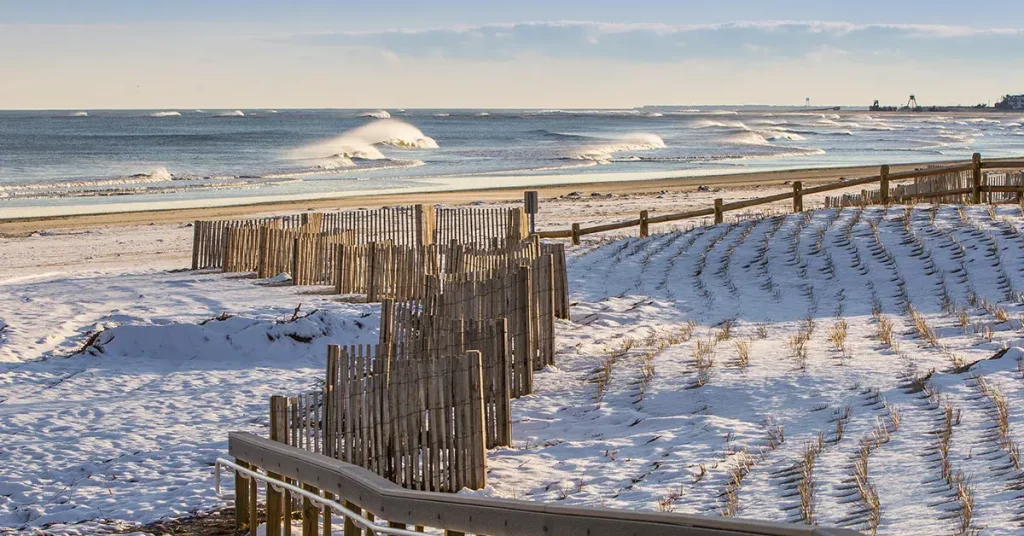Perhaps the most ignored source of wild food on the planet can be found by foraging coastal waters around the globe. When the tide goes out, a bounty of crustaceans, shellfish, seaweed, and other edible seafood become available for the taking.
Throughout human history coastlines were highly prized locations for harvesting food. Many populations chose to settle near the coast for exactly this reason. When food became scarce elsewhere, one could still reliably gather bivalves, crabs, and a host of other edibles.
These foods were not only abundant and easy to gather, they also offered excellent nutrition and a high energy return vs. input ratio. Nowadays, the coasts remain excellent sources to forage wild food, with many delicious meals available for those willing to put in the effort.
I’ll break down some of the best coastal foraging options out there, so you can fill your plate with delicious seafood – without having to spend a dime!
Benefits of Coastal Foraging
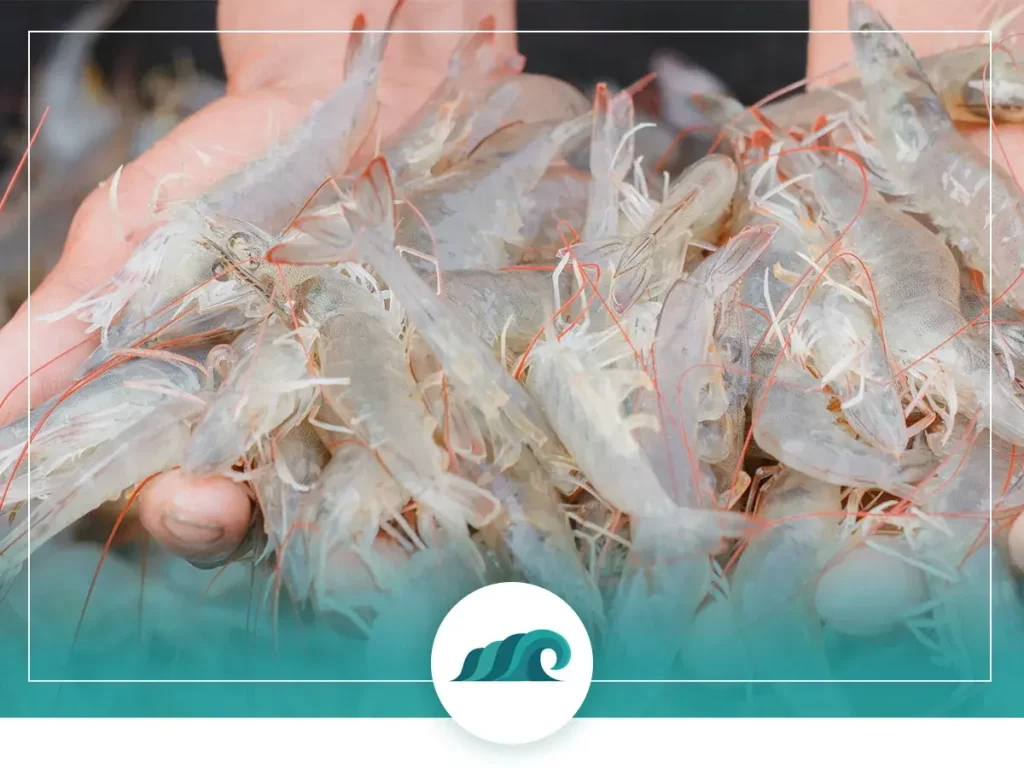
Beyond being a cheap way to score tasty seafood, coastal foraging provides a number of benefits. Being near the ocean, breathing in the fresh salty air, and interacting with the natural environment might be the greatest thing one can do for the mind and spirit.
Foraging wild seafood also means you’ll be harvesting them sustainably. As long as you follow the local rules and regulations pertaining to harvesting, you’ll know it’s not harming the environment.
You’ll also know exactly where your meal came from. Compare that with buying shrimp, squid, or scallops from the supermarket, where harmful techniques like bottom trawling are often used to harvest them.
Lastly, fresh seafood can get pretty expensive. Rather than shell out your hard-earned dough on overpriced oysters, clams, and lobster, you can gather your own with minimal up-front costs.
Coastal Foraging Species
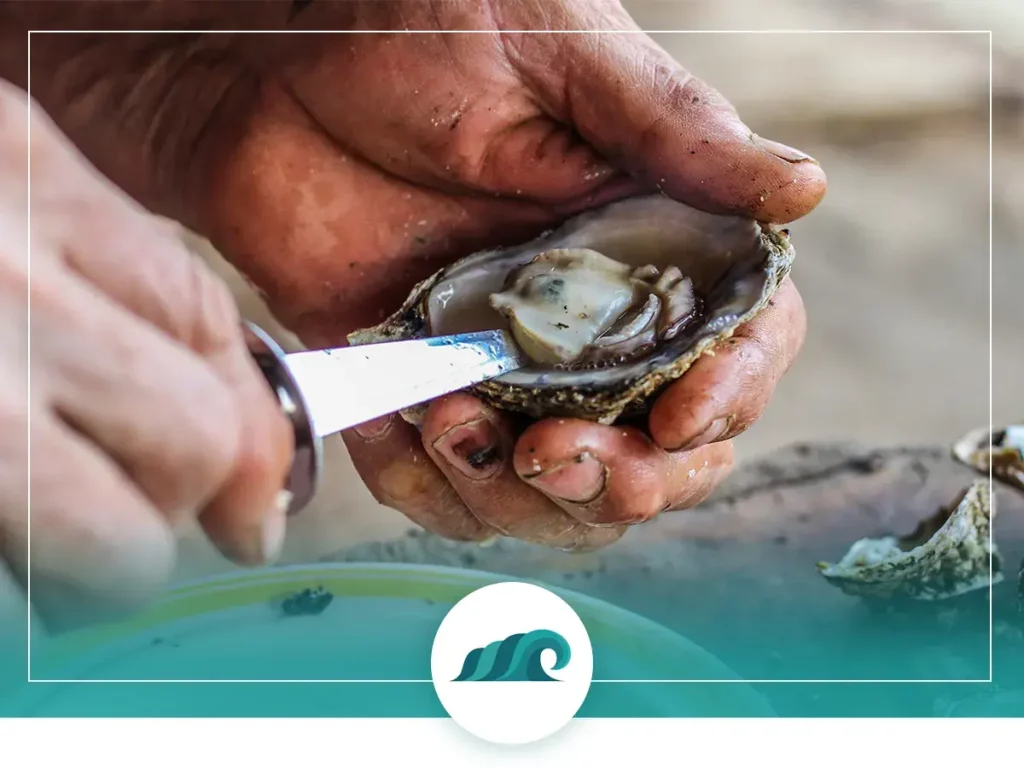
Let’s take a look at some of the species you can harvest within North America. Of course, what’s available to you will depend on your location, time of year, and local rules and regulations.
Shrimp
Who doesn’t love shrimp?
Shrimp are one of the easiest things to catch, all you need is a fine mesh cast net and decent length dock or jetty where the tide flows near deep water. They can also be caught from small boats, but this isn’t necessary.
Shrimp tend to be more active at nighttime, and will congregate closer to the surface in low-light. Look for well-lit piers and docks, as the light will help to attract the shrimp. You can also bring your own floodlights or lanterns if its not bright enough already.
If you’re targeting them during the daytime, expect to work a lot harder, as you’ll need to get your cast net down to 15 to 30 feet deep. Repeatedly casting and hauling up your net from that depth can get tiring pretty quick!
Crab
Crabs are another fine target for coastal foraging, and for my money are also some of the tastiest.
There are two main crab species harvested in the United States, Blue Crab and Dungeness. Blue crab are the main East Coast species, and are harvested extensively throughout the Chesapeake Bay region. Dungeness are found all along the West Coast, and are significantly larger than their east coast cousins. There also several other commonly harvested species such as Red Rock Crab, Stone Crab, and Spider Crabs.
Most crab species can be caught in a variety of different ways. Baited crab traps or “pots” can be dropped into the water from docks, piers, bridges, and jetties. There are several different trap designs, with some requiring constant monitoring, while others are self-contained boxes that won’t let any crab escape once they’ve entered.
Crab can also be caught using castable snares, which are small metal bait boxes with several self-tightening cables surrounding them. When a crab starts feeding on your bait, you reel in the snare, which traps the crab’s legs in place.
Spiny Lobster
Spiny lobster are found in warm coastal waters throughout Florida, the Gulf of Mexico, and the California coast. They resemble true lobsters in many ways, but the most obvious difference is their lack of large front claws.
Harvesting lobster can be done in a number of ways, including by snorkeling/freediving and with large baited hoop nets. Catching them by hand is by far the most exciting method, and requires you to find them and then tease them out of their hiding holes with a pole spear or ‘tickle stick’.
Spiny lobster like to hide under rocks, crevasses, near jetties, and other places with plenty of cover. While they might not look like it, they can also swim fairly quickly when they need to.
Atlantic lobster (also called Maine Lobster), are found throughout the Northeast US, and are what most people think of when they picture lobster. These have much stricter recreational regulations, and often require a boat to get your traps deep enough.
Clams
Digging for clams is a deep-rooted tradition among many communities along much of the Atlantic and Pacific coasts. These delicious bi-valves can be harvested in a number of different ways, typically during low-tide when they become exposed as the water goes out.
In sandy tidewater areas, clams can often be spotted by looking for small holes in the sand called ‘shows’. These perfectly circular holes are a good indication that a clam is holed up below. When you spot one or more of these shows, stamping your foot near the hole should result in the clam squirting up water.
You can use several different methods to extract clams from the sand, including digging with a small shovel, clam rakes, or even a metal clam gun that vacuum up the clams from below. Make sure to only collect closed clams or those that close their shell when you tap them. Ones that stay open are dead and should be discarded.
There are a wide variety of clam species available on both coasts, with everything from northern quahogs, steamers, razor, and butter clams available depending on your location.
Oysters
While oysters might have an air of extravagance associated with them nowadays, these bivalves were long considered a humble food that anyone could harvest for themselves. Like clams, when the tide goes out, large numbers of oysters become exposed.
Oysters are plentiful all along the East Coast, from Maine down to Florida, down to the Gulf Coast, as well as all along the Pacific Coast. Similar to clams, you only want to harvest oysters with closed shells. A good pair of gloves can also come in handy, as oyster shells can be sharp enough to cut your hands if you’re not careful.
Scallops
Scalloping involves diving in shallow clear water near shore, and collecting these tasty bi-valves by hand.
Bay scallops are commonly found along the eastern seaboard, and are especially popular on the Gulf Coast of Florida. This species is significantly smaller than the Sea scallops found in deep offshore waters, which are harvested in the colder waters of the North Atlantic.
Similar to snorkeling or freediving for spiny lobster, you can harvest bay scallops by diving down and grabbing them by hand. They’re often found in waters between 5 and 10 feet deep, so their easy for kids and inexperienced folks to harvest. Look for weedy, sandy bays and sheltered areas with clear water when scouting.
Mussels
While they might not get the same attention as their oyster or clam cousins, mussels are commonly found along both coasts, and taste absolutely delicious when steamed. Like other bivalves, they can be collected by hand during low tide. They tend to congregate near rocky outcroppings and other hard-surfaced tidal areas.
Along the West Coast, the California mussel can be found from Alaska down to Northern Mexico. The blue mussel is found on both coasts, as well many other locations worldwide.
Like other filter feeders, you need to be mindful of the time of year when harvesting them. Red tide can be an issue on the West Coast especially during the warmer summer months.
Sea Urchins
Sea urchins (or Uni as they’re often called) might not be the first thing that comes to mind when it comes to coastal foraging, but they really should be. These spiny critters can be harvested in shallow coastal waters all over the globe, and require minimal gear to catch. They have a rich, buttery flavor almost like a sea version of fois gras, that’s quite unlike any other seafood.
All you’ll need is a mask, snorkel, a tough pair of gloves to avoid their spines, and maybe a sharp knife to pry stubborn urchins from their perch. Look out for rocky outcroppings near kelp beds in intertidal zones.
Sea urchins aren’t filter feeders, so red tide is not a concern with them. Keep in mind not all sea urchin species are edible, so you’ll need to look up your local species.
The actual edible portion of the sea urchin are the gonads, with the rest of them being inedible guts. To clean them, simply crack open the shell, gently shake the opened urchin in sea water to remove the guts, and scoop out the delicious uni!
Periwinkles
Periwinkles are another often overlooked species. These small sea snails are common throughout the Northeast and the Canadian Maritime provinces and can also be found all along the West Coast. They were originally native to Europe, but were brought here hundreds of years ago and have spread widely.
These tiny intertidal snails are by far the smallest creature mentioned here. They measure about ½” long when mature, so you’ll need to gather a good number of them to make a satisfying meal.
Gathering is done during low-tide, around rocky shorelines, jetties, and tide pools. They’re primarily algae eaters, and actually help to change ‘soft bottom’ beaches to ‘hard-bottom’ ones.
Preparing periwinkles is a breeze. Simply toss then in a pot of boiling salted water for approximately 7 minutes. Remove them from the water, drain, and toss with salt and vinegar. Extracting the meat is also easy, using a toothpick to gently pull and separate the meat from the shell.
While they might be small, periwinkles have a surprising amount of meat in them, and their edible vs. inedible ratio may be the best of all shellfish.
Seaweed / Kelp
Seaweed and other sea vegetation has played a significant role in many culture’s diets going back thousands of years. They play a particularly prominent role in Japanese cuisine, and are found in everything from miso soup to sushi to dried snack foods. Western cuisine has also warmed up to them in recent years.
They’re some of the most nutritious plant foods on the planet, and many contain nutrients like iodine and bioavailable iron that are difficult or impossible to find in typical vegetables.
There are a wide variety of edible sea vegetables that can be foraged, with many going by their Japanese names: kombu, nori, wakame, and hijiki. Some common English names are dulse, Irish moss, sea lettuce, and feather boa kelp.
Seaweed can be easily foraged during low tide by cutting a strand off the leafy portion. Sea vegetation tends to regrow quickly, so you’re not going to harm the plant by harvesting some.
Rules, Regulations & Safety

Whenever your harvesting wild food, you’ll want to make yourself aware of the local rules and regulations. Ignorance of the law is not an excuse, and the last thing you want to do is get in trouble with the local fish and game warden.
As mentioned previously, red tide and other marine contamination can make various shellfish unsafe for consumption. You’ll want to pay close attention to any warnings or bans pertaining to shellfish harvesting before you head out and forage.
As long as you stick to the local laws and recommendations, you’re bound to have a great time exploring and coastal foraging for food like our ancient ancestors once did.

